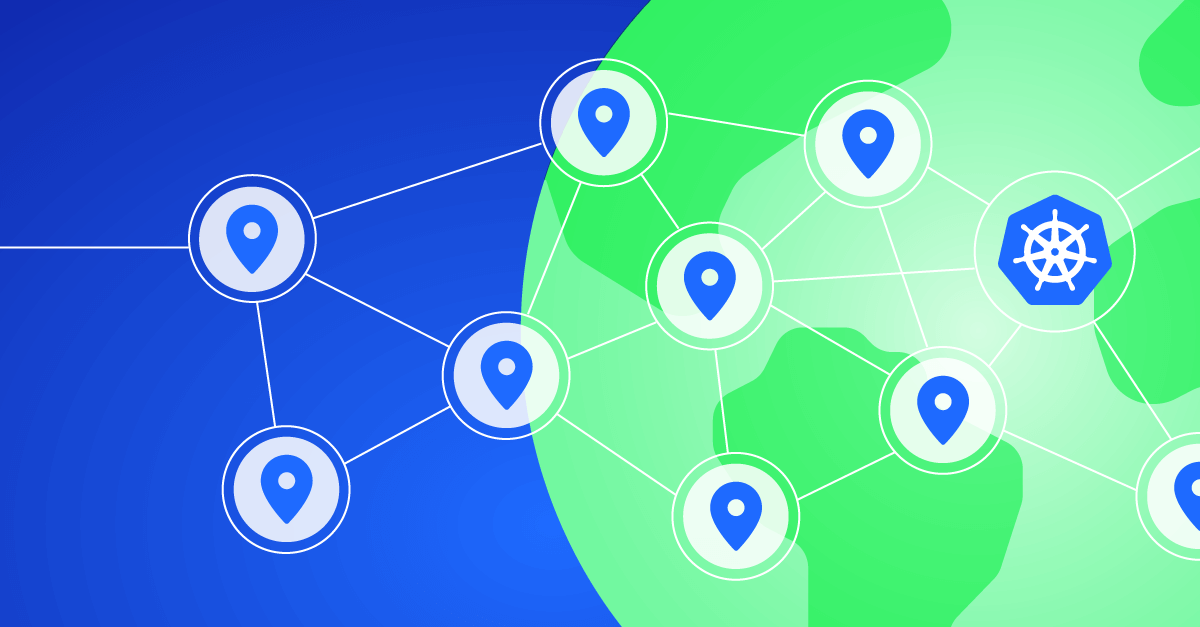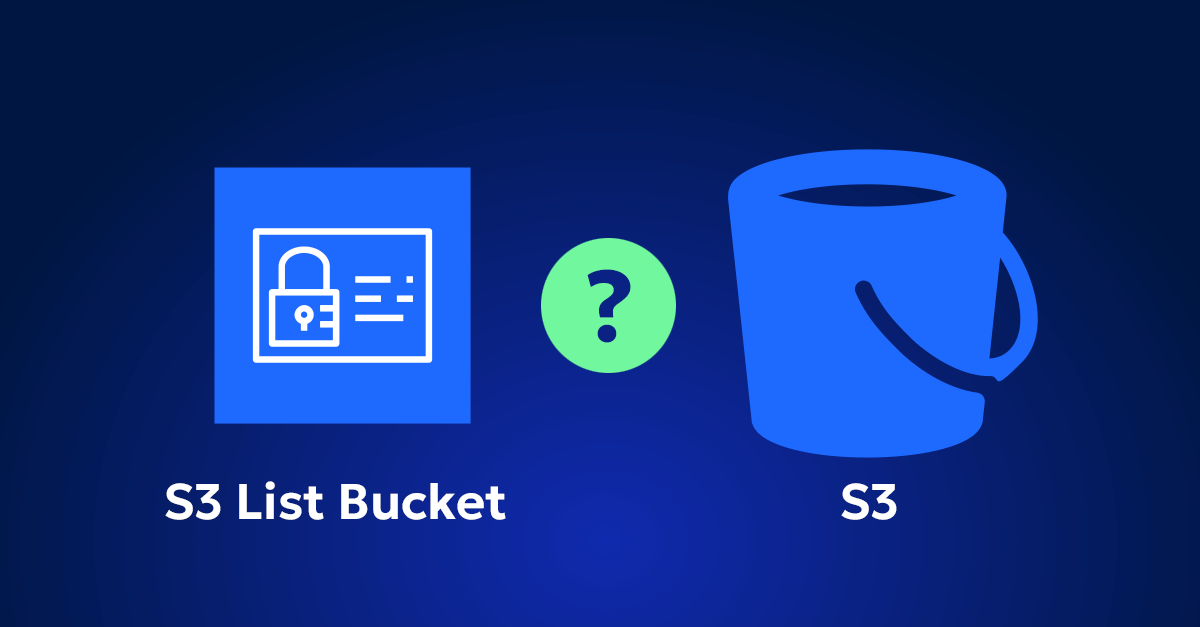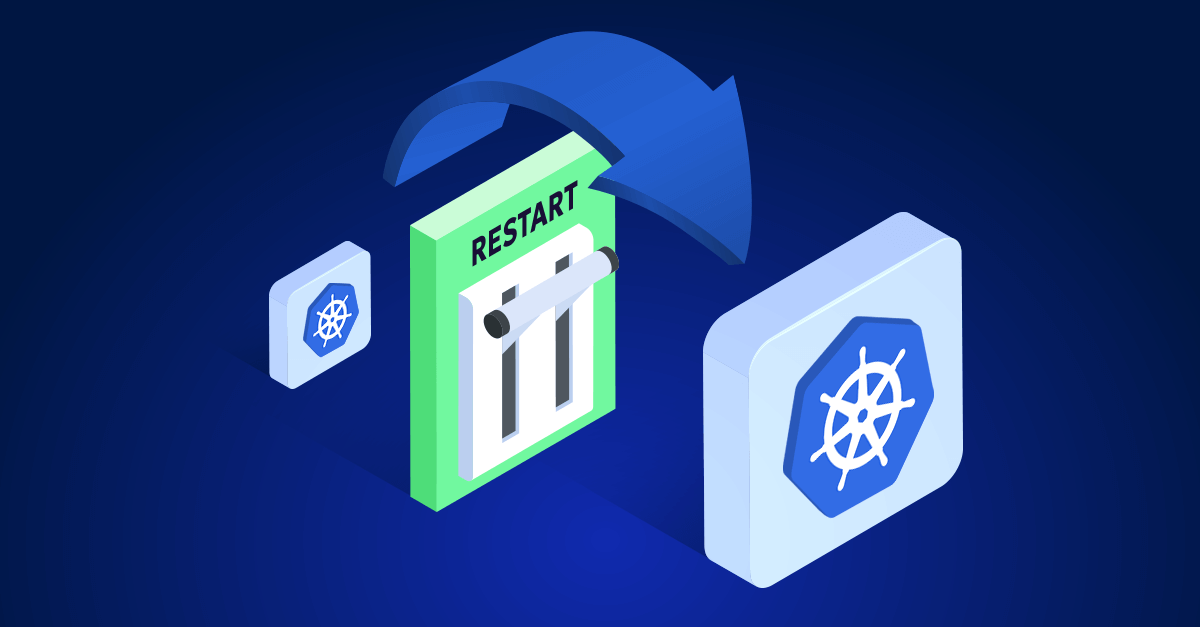Considering a cross-region Kubernetes cluster? It’s a big step, with clear appeal: global reach, improved disaster recovery, and enhanced resilience. But is it the right move for your workload? Cross-region clusters offer notable benefits but introduce a layer of complexity that can impact both cost and performance.
Let’s explore the pros, cons, and critical factors to consider before committing to a cross-region Kubernetes setup. By examining the essentials, you’ll be better equipped to decide whether a cross-region cluster aligns with your goals and resources.
Why Even Consider a Cross-Region Cluster?
A cross-region Kubernetes cluster means you have nodes distributed across different geographic locations. This setup is appealing to companies that prioritize global availability and need systems that can withstand regional outages or failures.
- Disaster Recovery: A cross-region setup keeps services online by shifting the load to another region in the event of a regional power outage or natural disaster, reducing downtime and speeding up recovery.
- Reduced Latency for Global Users: A cross-region cluster allows you to position nodes closer to users in each region, potentially reducing latency and improving the user experience for widely dispersed customers. However, in some cases, a Content Delivery Network (CDN) can provide the required low latency without the need for a full-scale cross-region deployment. Choosing between these options depends on the application’s structure and specific use case.
- Regulatory Compliance: Some businesses must store data within specific countries or regions to meet regulatory requirements. Cross-region clusters enable data distribution while helping meet compliance needs.
These benefits are significant, but they don’t come without cost. Let’s explore the trade-offs involved in running a cross-region cluster
The Challenges of Running a Cross-Region Cluster
A cross-region cluster isn’t a “set it and forget it” deployment; it introduces operational and financial trade-offs.
- Network Latency and Throughput: One of the biggest technical challenges with cross-region clusters is the potential for network latency and bandwidth limitations. Inter-region communication can create bottlenecks due to greater data travel distances, which impacts latency-sensitive applications and throughput-heavy workflows.
- Data Consistency: Maintaining consistent data across geographically distributed nodes is challenging. If data syncing is required, inconsistencies can arise due to network delays. Custom replication or synchronization strategies may be necessary, which can be complex and error-prone.
- Increased Costs: Running workloads across multiple regions incurs extra costs for both compute resources and inter-region network traffic. Many cloud providers charge for data transfers between regions, and these fees can accumulate quickly, especially with high-traffic workloads. Evaluating these costs in relation to the resilience and performance gains is crucial.
What Workloads Benefit from Cross-Region Clusters?
Cross-region clusters aren’t a one-size-fits-all solution. They’re most beneficial for specific types of workloads:
- High-Availability Applications: Applications that require maximum uptime benefit from cross-region clusters, such as critical B2B services or large e-commerce platforms, where downtime translates directly to revenue loss.
- Latency-Sensitive Workloads with Global Reach: If your user base is dispersed globally and low latency is essential, distributing nodes across regions may help improve response times. However, consider both CDNs and a cross-region deployment, as CDNs may be sufficient for static content or read-heavy applications, avoiding the full complexity of a cross-region cluster.
- Data-Resilient Applications: Applications tolerant of eventual consistency, like logging or analytics platforms, can function well in a cross-region setup. These applications require high availability but can accommodate asynchronous data updates.
Critical Considerations Before You Commit
Here are some key factors to evaluate when deciding if a cross-region cluster is right for you:
- Traffic Patterns and Data Transfer Costs Assess how much data will flow between regions. High-traffic applications with heavy inter-region transfers can lead to significant costs. If you’re streaming data in real time, be sure to estimate these expenses to avoid unexpected spikes in your monthly cloud bill.
- Application Structure and Regional Distribution Not all applications need to be deployed in every region. For instance, you can place specific services in one region while others operate in a different region, especially if there’s no need for constant communication between them. When it comes to data systems, consider whether to centralize your database or replicate it based on latency, consistency, and cost requirements. In cases where a remote region only needs to read data, implementing read replicas can be an efficient option.
- Data Compliance Requirements Data regulations are becoming stricter globally, with some countries enforcing data localization laws. Make sure your cross-region setup doesn’t introduce compliance challenges, especially with regard to data residency and local storage requirements.
- Tooling and Automation Managing a cross-region cluster requires advanced tooling to handle scaling, failover, and data synchronization efficiently. Kubernetes offers tools for multi-cluster management, like KubeFed (Kubernetes Cluster Federation), but these solutions often require additional setup, monitoring, and maintenance.
- Maintenance and Complexity A cross-region setup demands ongoing monitoring and management. Connectivity, configuration updates, and troubleshooting all become more challenging with added geographical complexity. Additionally, cross-region clusters may require more site reliability engineering (SRE) and operational support, increasing both the human resource and technical cost considerations.
Alternatives to Cross-Region Clusters
If a cross-region cluster feels too complex or costly, consider these alternatives:
- Multi-Region Disaster Recovery: Instead of maintaining a live cluster across regions, consider a backup region with a failover mechanism. Some companies implement a “pilot light” approach, maintaining a small, low-cost infrastructure that can be quickly scaled up in an emergency. This approach keeps your main region handling day-to-day operations while enabling rapid response during outages.
- Content Delivery Networks (CDNs): For latency-sensitive workloads, CDNs can cache and serve static content closer to users without requiring a full cross-region deployment.
- Regional Clusters with Load Balancing: Deploying separate clusters in different regions with a global load balancer can provide high availability and reduced latency without the cost and complexity of an interconnected cross-region cluster.
Deciding on Cross-Region Clusters: Balancing Complexity, Costs, and Global Resilience
A cross-region cluster offers substantial advantages for applications requiring high availability and global performance, but it also introduces significant complexity. Managing such a setup requires balancing traffic patterns, regulatory compliance, resource costs, and operational support. Carefully assess your applications’ needs, user distribution, and resilience goals to determine if the investment and management required for a cross-region cluster make sense for your organization.
Whether you’re ready to take the leap or exploring regional setups, with these insights, you can make a well-informed decision that aligns with your infrastructure strategy.










